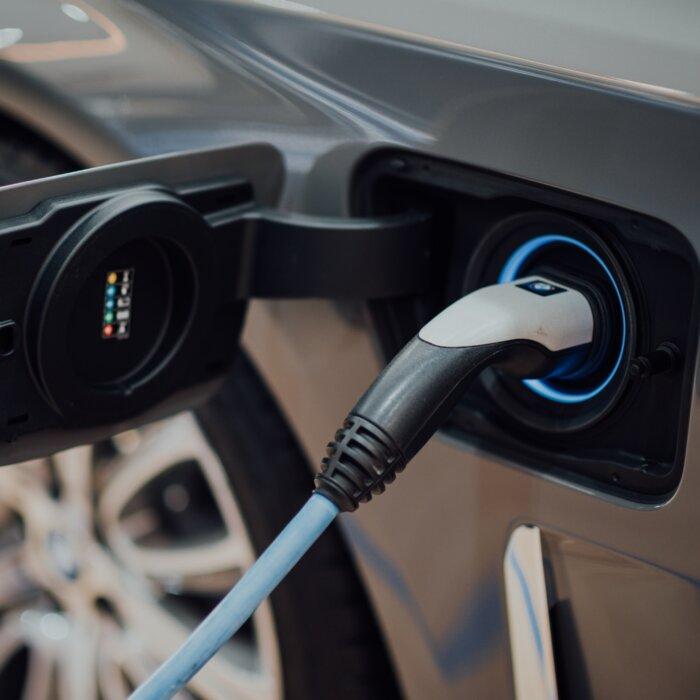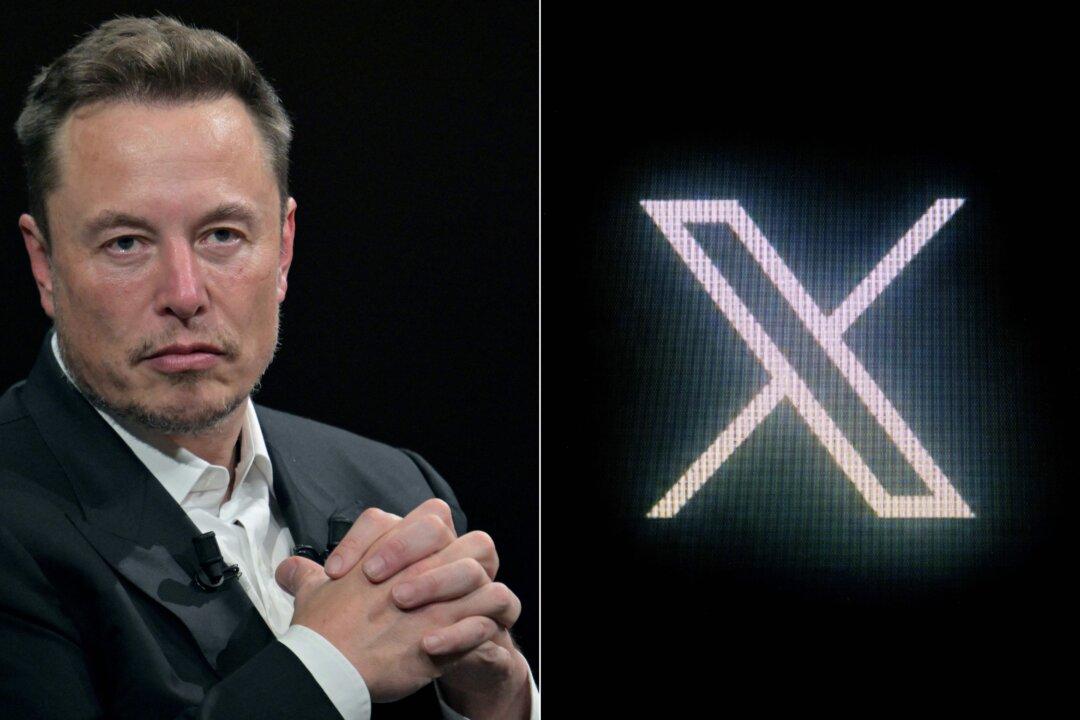Electric vehicle (EV) drivers could struggle to charge their cars at around two-thirds of the UK’s most common type of public charge point because of unreliable mobile network coverage, a report has said.
Just a third (33.4 percent) of locations surveyed were covered by all four mobile network providers—EE, O2, Three, and Vodafone—guaranteeing that all drivers can use the chargers regardless of which network they use. Within London, the proportion is only slightly better, with 39.7 percent of locations being fully covered, compared with 61.3 percent which were not.
The transport policy and research organisation said that the “vast majority” of Type-2 chargers, the most common type which have speeds up to eight kilowatts, require drivers to access them via mobile phone apps. Most chargers also need an adequate mobile signal connection to work. Unlike rapid chargers with a speed of eight kilowatts or faster, Type-2 chargers are not obliged to provide for contactless payment.
RAF Foundation Director Steve Gooding said that drivers of petrol and diesel cars are “used to reliable and hassle-free filling up” at any one one of Britain’s 8,400 forecourts, but “the same cannot yet be said of topping up the battery of an electric car at a public chargepoint.”
Network Coverage ‘Sometimes Non-Existent’
The RAC Foundation analysed a randomly selected sample of 2,059 Type-2 chargers, assessing the coverage of the four main mobile network operators, EE, Vodafone, Three, and O2, which also provide network services for other companies like Giffgaff, Tesco Mobile, and Asda Mobile.Mr. Gooding said that systems need to be designed with a focus on “real-world network coverage,” which he said was “often patchy, sometimes non-existent, and not about to become infinitely better.”
“What’s more, the poor connectivity won’t get picked up in the new mandatory reporting system applying only to the rapid charger network,” he warned.
He recommended workarounds which would cover the shortcomings, including improvements to signal quality through the Single Rural Network programme and satellite internet provision from operators like Starlink. Mr. Gooding said that where the issue is unresolvable, it might be necessary to set a default for the charger to provide a free charge up to a limit to at least prevent a potential breakdown because a battery is insufficiently charged.
Responding to the report, a government spokesperson said, “We’ve invested £1 billion to increase 4G coverage and are on track to have 95 percent of the UK covered by the end of next year.”
Drop in EV Market Share
Last week, the Society of Motor Manufacturers and Traders (SMMT) called for EV purchase incentives following a decline in the electric car market share.In March, the share of EVs in new registrations fell to 15.2 percent, a drop of 1 percent from the value recorded in February.
The SMMT urged the government to temporarily halve VAT on new EV purchases and abolish the “pavement penalty” by reducing the VAT rates for public charging to bring them in line with home charging rates.

“Manufacturers are providing compelling offers, but they can’t single-handedly fund the transition indefinitely. Government support for private consumers—not just business and fleets—would send a positive message and deliver a faster, fairer transition on time and on target,” SMMT Chief Executive Mike Hawes said.
A government spokesman said, “The number of new electric vehicles and plug-ins sold overall is higher than last year thanks to £2 billion government investment and we continue to help more people to make the switch to electric through schemes such as the £381 million Local Electric Vehicle (LEVI) fund, helping to rollout charging infrastructure.”







